Hardwick Dene is a secret valley, a piece of quiet countryside that has been saved from development. Old meadows, hedgerows, woodland and two streams form an oasis for wildlife where, despite its proximity, urban Stockton is quickly forgotten.
Much of the Dene is scrubland, mainly hawthorn with varying amounts of blackthorn, dog rose and gorse. In the spring this provides safe nesting sites for a variety of birds, whilst in the autumn and winter, the abundance of berries and rosehips are fed upon by large flocks of blackbirds, redwing, and fieldfare.
Amongst the scrub are areas of grassland, which become quite damp towards the valley bottom. Wildflowers such as water mint and cuckoo flower grow here, and in turn, these provide caterpillar food plants and nectar sources for a variety of butterflies. In the spring, the orange-tip is abundant, particularly in the damper areas, as it searches for cuckoo flower on which to lay its eggs.
The Dene is an important site for the white-letter hairstreak butterfly, which gets its name from a white line in the shape of the letter “w” on the underside of the hind wing. The caterpillars of this species feed upon elm trees, particularly those growing in hedgerows or at the woodland edge.
This dependence on elm meant that the butterfly disappeared from many sites where it was once common, as Dutch elm disease killed over 10 million trees in the 70’s and 80’s. The butterfly can be found from late June to early August, and is best seen with binoculars, as it basks on a leaf near the tree-top, or makes a short spiralling flight out from the tree and back again.
Another special feature of this nature reserve is a wildflower meadow south of Hardwick beck. Meadows such as this were once a common sight in the countryside, but many have been lost to housing, road building or agricultural improvements. This particular meadow has been identified as a fine example of its type, with over 90 plant species growing here, including common spotted orchid, devil’s-bit scabious, betony, and ragged robin. This abundance of grasses and flowers also means that butterflies are numerous here, with 22 different species being recorded in the meadow alone.
Separated from the Dene by Darlington Back Lane is Elm Tree Wood, a small triangular piece of mature, mixed-deciduous woodland. As befits its name, the wood contains a number of elm trees, along with oak, ash, alder, sycamore and cherry, with an understorey of hawthorn and holly. In the spring, the woodland floor is coloured yellow by the flowers of lesser celandine, and occasional clumps of wild garlic.
Gallery
Address
Cornforth ClStockton-on-Tees TS19 8FG
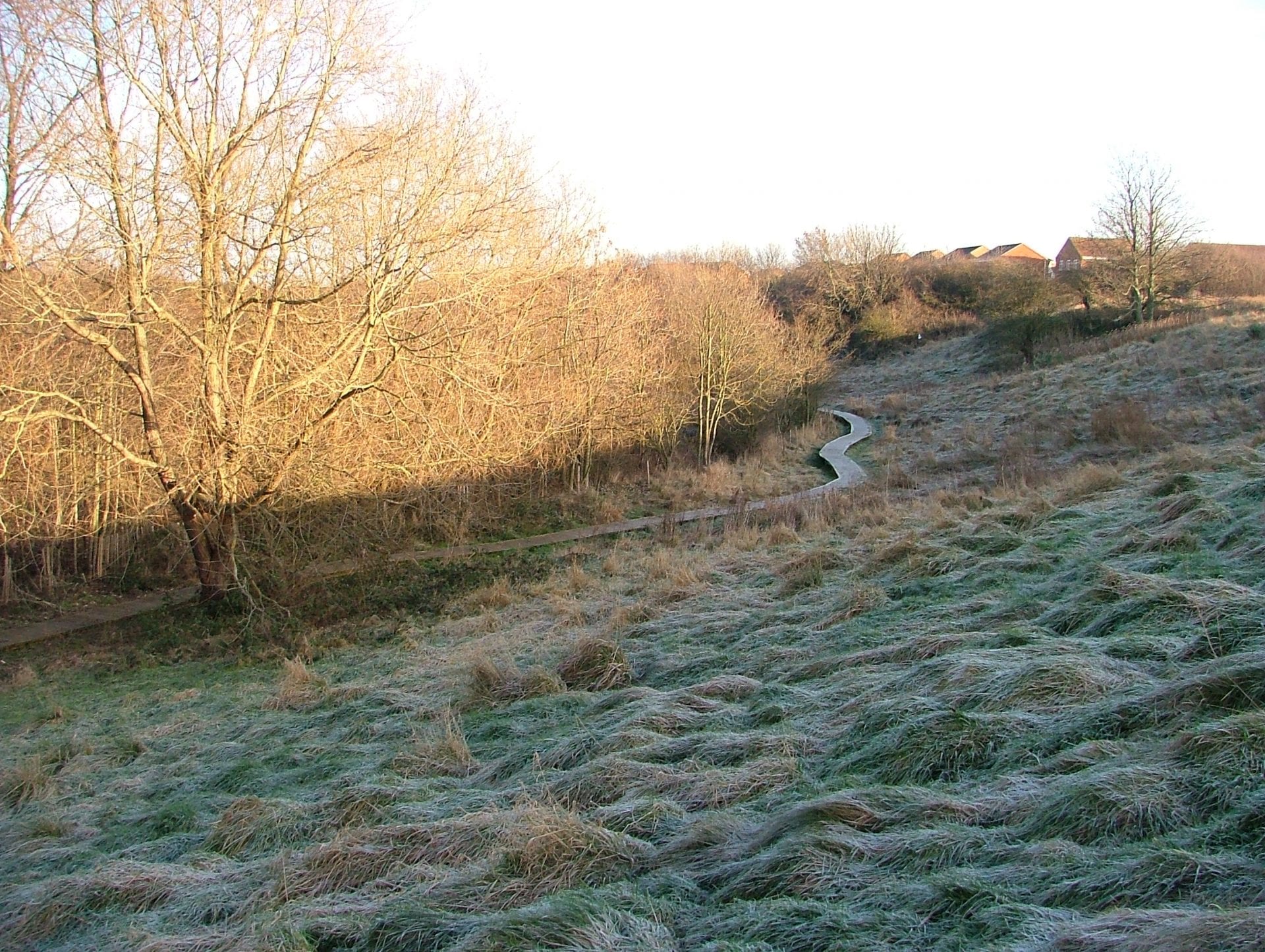
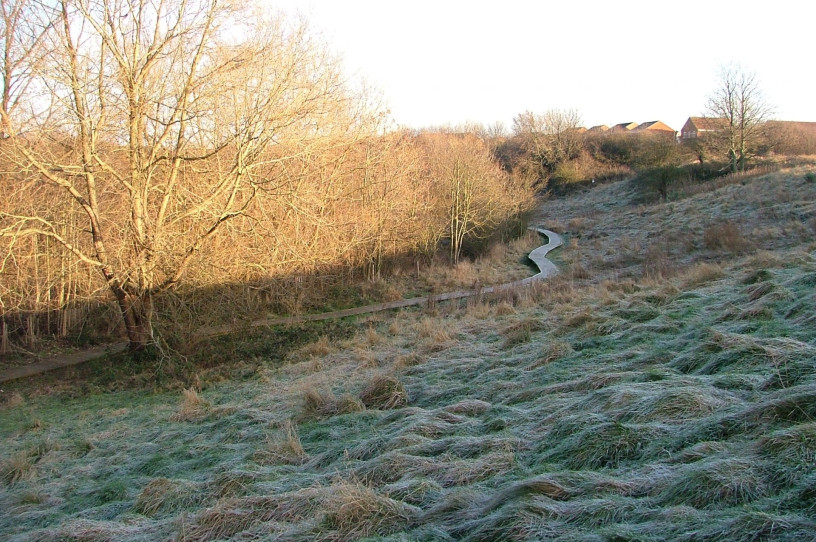
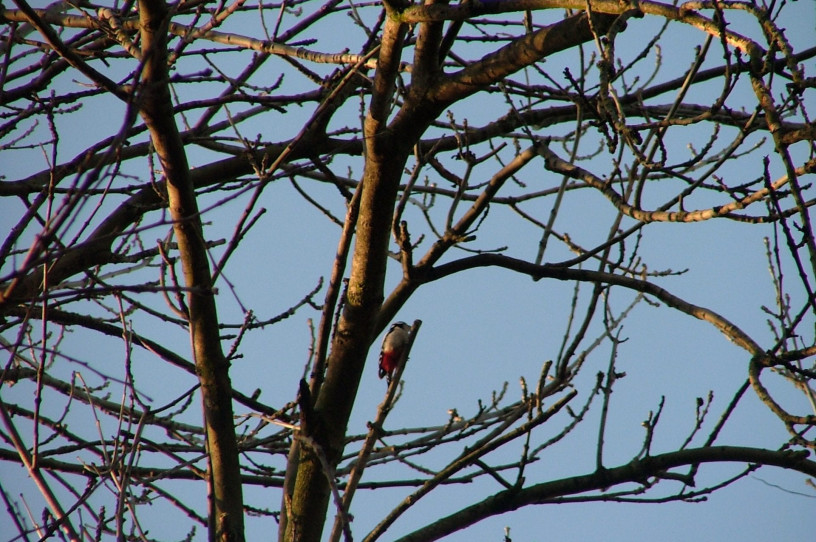
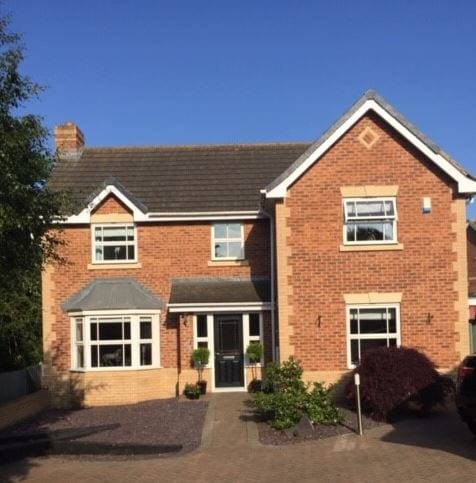
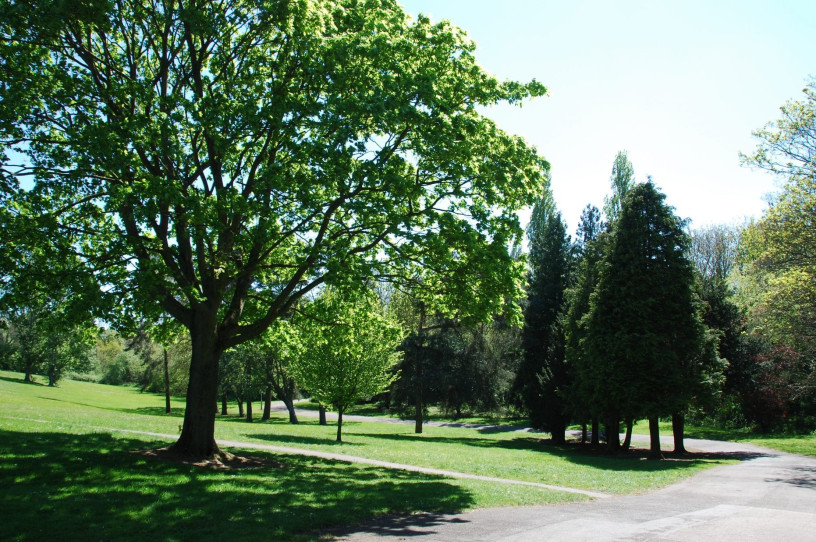
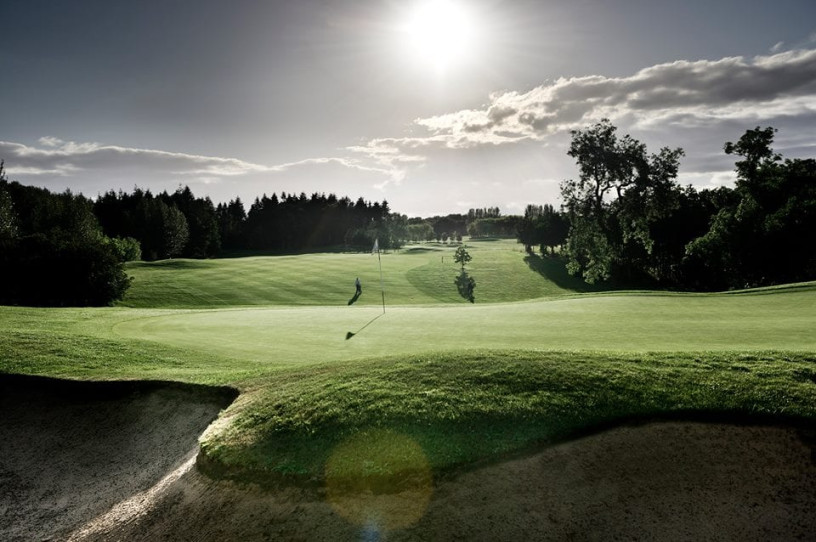
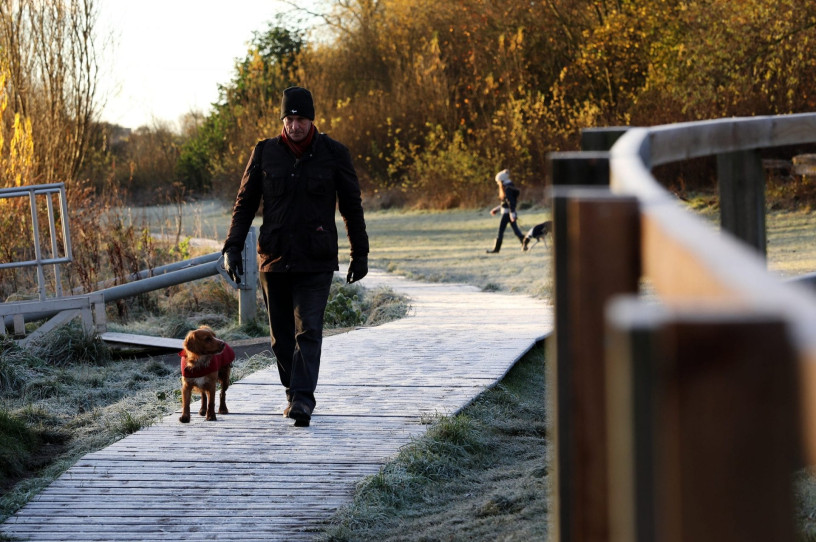

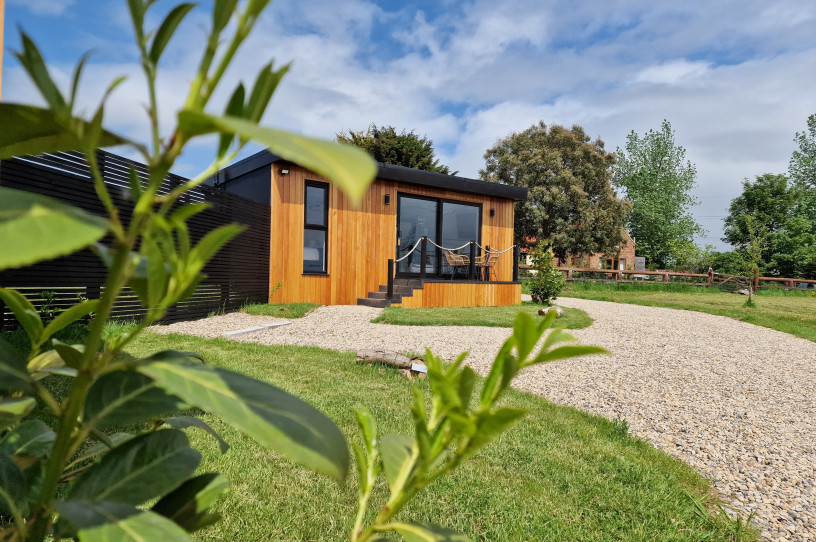
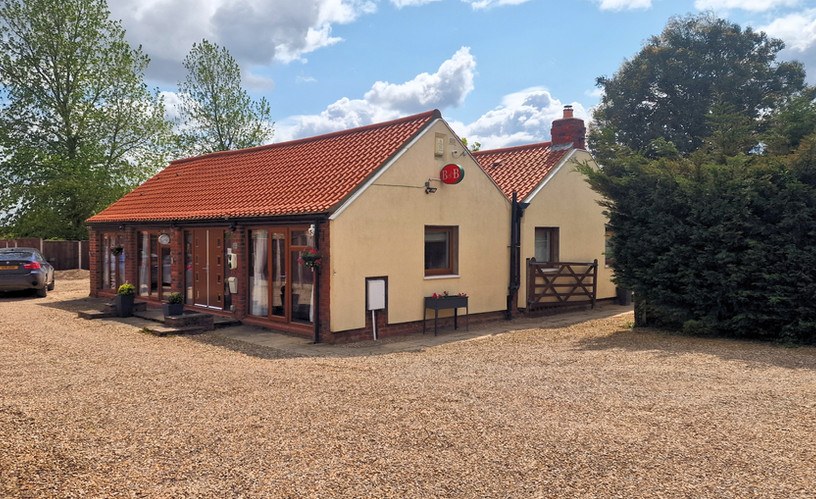
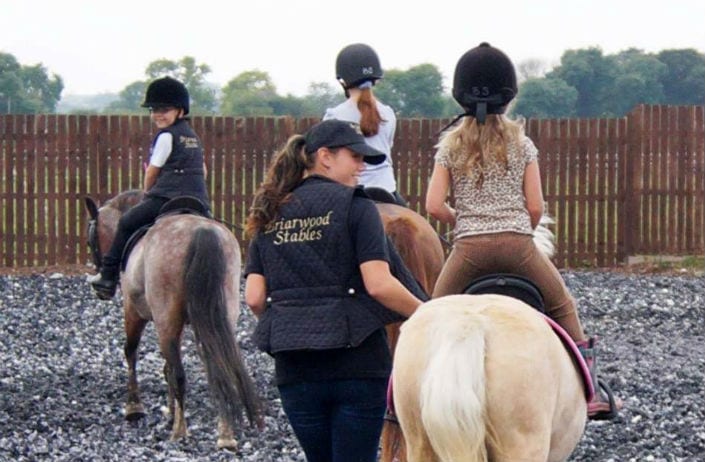
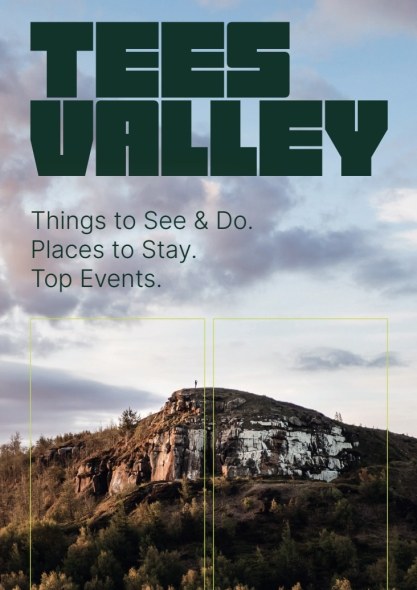
 Download your copy of the Visit Tees Valley mini guide for inspiration on things to do, places to stay and what’s on in the area
Download your copy of the Visit Tees Valley mini guide for inspiration on things to do, places to stay and what’s on in the area